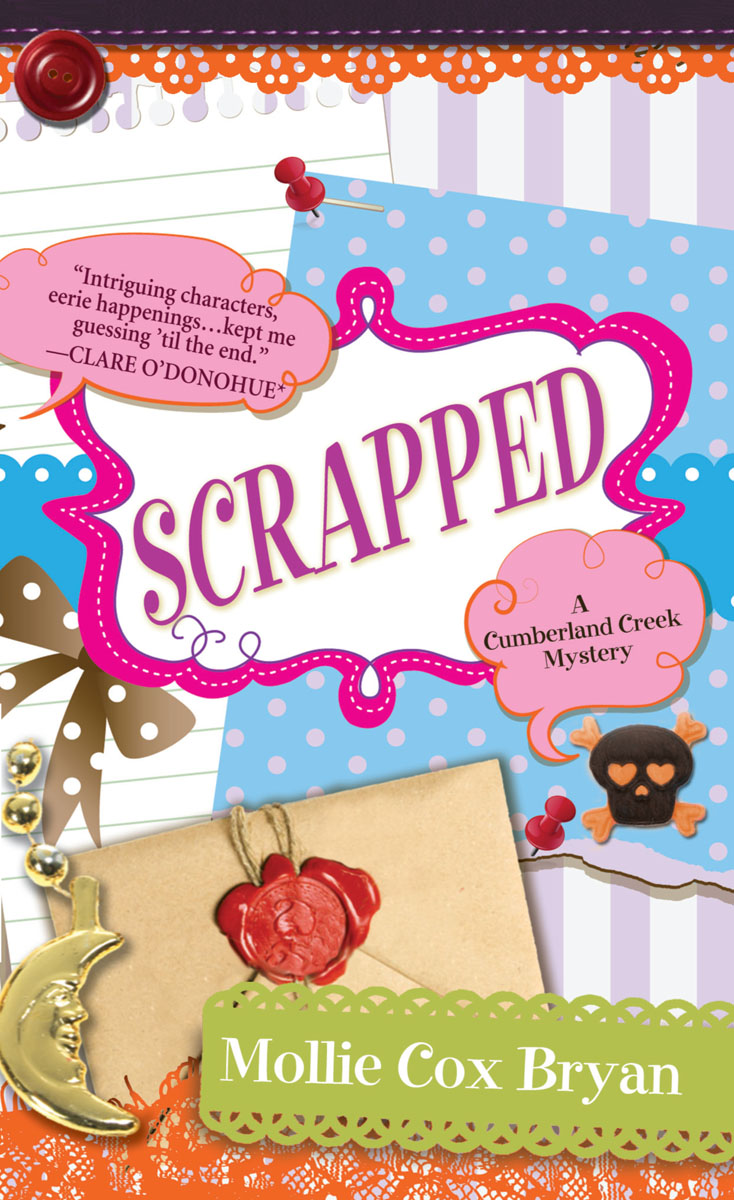This time of year, when the skies turn cooler and darker, I often think of wise women, herbalists and midwives of days gone by. The image of the “witch” permeates our country this time of year with Halloween coming. That image is a distorted one and is based on real women who practiced herbalism and midwifery, mostly in Europe. They were called witches basically because they were misunderstood women who refused to conform, who refused to give up the old ways of healing, and sometimes it was just because they were strong and refused to embrace a subservient role offered by the church and the culture. This was no laughing matter—many of them were tortured and killed. (Photo by Foxtongue Photography.)
One of the things that has always fascinated me about these women was their knowledge of plants and how to use them. So many of the plants—or the chemical copy of them—are now used in many of our pharmaceuticals. Willow bark, for example, used by the wise women as pain relievers, later became a major ingredient of aspirin.
I though it would be interesting, particularly at this time of year, to take a look at some of the herbs that these women used for darker purposes—their rituals, trances, or to off somebody’s enemy.
Many of the herbs were in the Deadly Nightshade family of plants, which contain tropane alkaloids. These chemicals attack the central nervous system, causing serious sensory derangement and a disturbed mental state. They were often used in ointments prepared for rituals. More combinations of different plants would produce even more stimulation—singing, dancing—or the opposite, a trance-like vegged-out state. Many of these herbs could make a person feel like they were flying—the basis, I’m sure for today’s image of the flying witch.
It is interesting to note that one of these herbs henbane, called wolfsbane by some, was used frequently in Europe during the middle ages and it stimulated the nerve endings in the skin, then paralyzes them—one could possibly feel as though they had feathers or fur.( Of course, this was also the same time period that werewolf legends began.)
Henbane, like most herbs, could be used for good or bad. In the proper dosage, it is said to relieve pain and, historically, it was used to alleviate the pain of those sentenced to death, especially during torture that routinely came before an execution.
The old herbalists used their knowledge for both good and evil purposes. In Rome, men would employ wise women to do away with a political enemy. So it is not surprising that today’s image of witch took hold. Especially because it was a womanly art and a powerful one—and that tended to make male authorities a little nervous.
Some of the other herbs women used in for darker purposes were hemlock, opium, thornapple, and monkshood. Wise women also used bella donna, which actually means beautiful lady, appropriately enough, since young medieval women used it as a means of dilating their eyes to look more attractive. Bella donna was also mixed with morphine and given to women in labor. Today the same alkaloids in bella donna are used in antacid medications.
One of my favorite herbs, foxglove, was also used. Interesting to note that foxglove’s affects on the heart could make a person feel like they are flying and today a foxglove ingredient, digitalis, is a powerful drug for the heart.
I’ve tried to grow foxglove more than a few times and have never been successful. Though I never liked the idea of having an poisonous plant in my garden, I have always been in awe of it’s beauty, with it’s tiny, bell-like flowers, you can really see why people thought fairies lived in them.
I have known people that have planted “witches” gardens—full of these plants that could be both powerful healers and deadly killers. Ironically, some of these deadly plants can be very beautiful and of course, they are good conversation pieces. They should never be used by the lay person for anything other than growing.
Even with their evil doings, it seems to me that we owe a great deal of our modern medicine to the old wise women and their plant knowledge. So this year at Halloween, when you dust off your favorite witch items and hang them up for decoration, I hope you will remember them with more than a bit of kindness.

“They were called witches basically because they were misunderstood women who refused to conform, who refused to give up the old ways of healing, and sometimes it was just because they were strong and refused to embrace a subservient role offered by the church and the culture.” Hmmm, sounds like someone I know! You witch!
There ya go. Thanks for noticing, Jen.;-)
Nice! I like this a lot, Mollie. Thanks for sharing.
One FB friend,
Rhonda
Excellent looking website, I’ve just started testing wordpress and have been truly impressed with the huge amount of plugins and themes on offer.